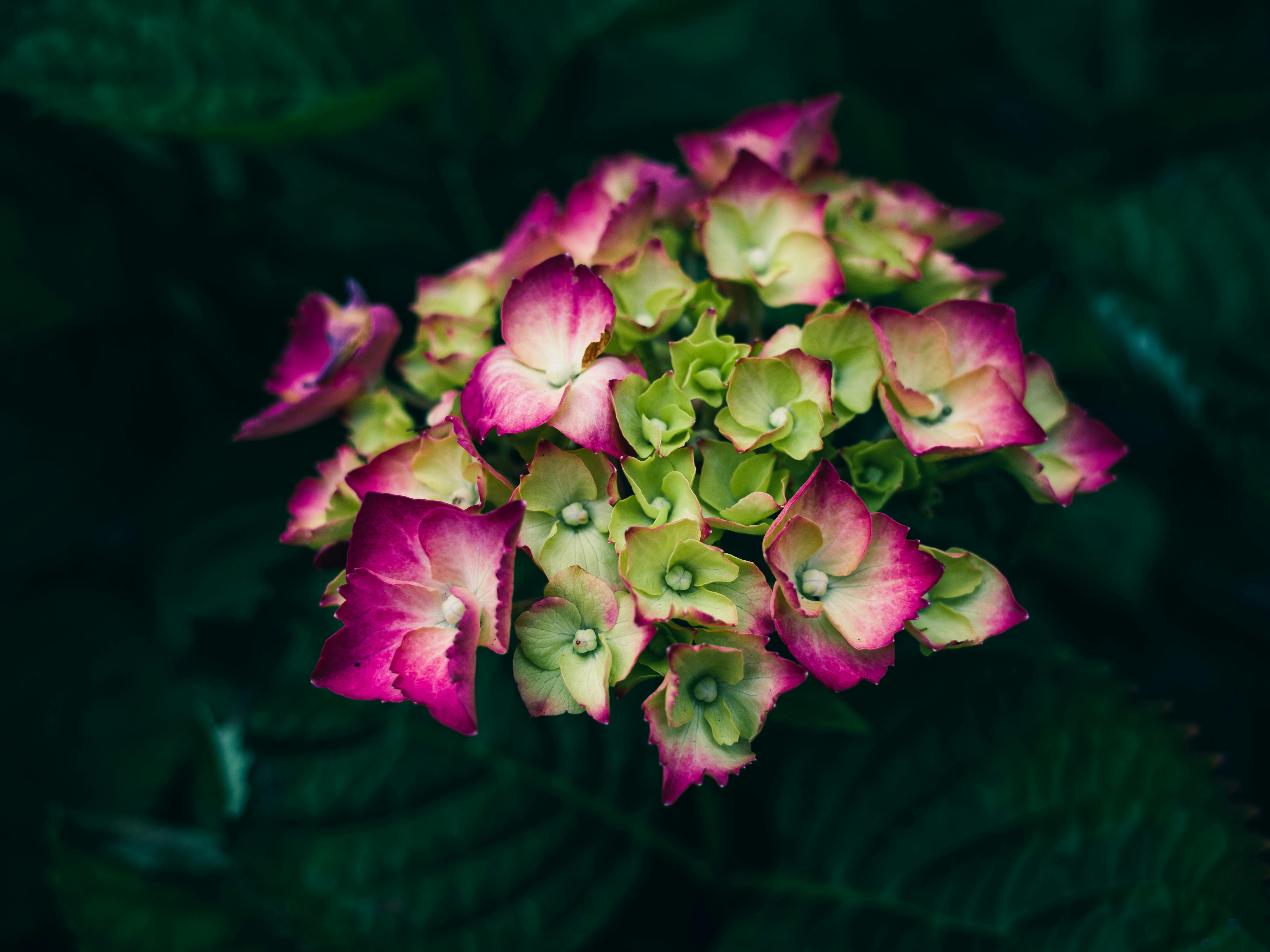Mushrooms can often be found growing in gardens around the world. They are a natural part of the ecosystem and have a variety of benefits. While some mushrooms can be edible, many of them are not and should not be consumed. Knowing why mushrooms are growing in your garden can help you better manage them and ensure they don’t become a problem.Mushrooms may be growing in your garden due to the presence of spores in the soil. Spores are tiny, microscopic particles that are released by the mushroom’s reproductive structures and can travel through the air, water, or soil to other areas. When the right conditions exist, such as moisture, darkness, and access to nutrients, these spores may germinate and form mushrooms. It is also possible that nearby mushrooms were disturbed or cut down, releasing their spores into the garden.
How Do Mushrooms Grow?
Mushrooms are a type of fungi that can grow in many different environments. They can be found growing on dead trees, in soil, and even inside buildings. While mushrooms may look like plants, they are actually very different. Mushrooms do not require light to grow and instead get their energy from breaking down organic matter.
Mushroom spores are the starting point for mushroom growth. These spores are incredibly small and can travel through the air, water, or even on the feet of animals. When the spores come into
What Are the Benefits of Having Mushrooms in a Garden?
Mushrooms provide numerous benefits when incorporated into a garden. For starters, mushrooms are an excellent source of nutrition, offering several vitamins, minerals and antioxidants that can help boost one’s overall health. They are also an ideal addition to vegetable gardens as they can help to improve the soil quality and foster nutrient-rich environments for other plants to thrive. Additionally, mushrooms are known to be effective at attracting beneficial insects such as ladybugs which help to ward off pests that may otherwise damage crops.
Mushroom Growth Requirements
Mushrooms are fascinating organisms that have a variety of unique requirements for successful growth. Mushrooms need a dark, moist environment with ample nutrients and a suitable temperature to thrive. Additionally, they require adequate air circulation and the right combination of light and darkness. To cultivate mushrooms, one must be familiar with the right environmental conditions for their particular species.
The temperature range for growing mushrooms is generally between 55-75 degrees Fahrenheit (12-24 degrees Celsius). Too much heat or cold can inhibit mushroom growth and development, so it
https://images.pexels.com/photos/14925480/pexels-photo-14925480.jpeg
What Types of Mushrooms Grow in Gardens?
Mushrooms are a type of fungi that grow in many different types of environments, including gardens. They can add a unique flavor and texture to dishes, as well as provide numerous health benefits. There are many varieties of mushrooms that can be found in gardens, so it’s important to know what types are available and how to properly harvest them.
The most common mushrooms that grow in gardens include shiitake, oyster, chanterelle, and portobello

Identifying Wild Mushrooms Growing in a Garden
Identifying wild mushrooms growing in a garden can be a tricky task, but with the right knowledge and resources it can be done safely. It is important to learn the basics of mushroom identification before attempting to identify wild mushrooms found in a garden. Knowing the characteristics of different species of mushrooms, such as color, texture, shape, size, smell and taste can help narrow down the possibilities.
When examining wild mushrooms found in a garden, it is important to look for signs that could indicate toxicity
What Are the Risks of Eating Wild Mushrooms?
Eating wild mushrooms can be a risky venture, as many species of mushrooms contain toxins that can cause serious illness or even death. Ingesting wild mushrooms can cause severe gastrointestinal upset, including abdominal pain, vomiting, and diarrhea. Some species of wild mushrooms contain toxins that can cause liver or kidney damage, and in some cases, even death. Symptoms of mushroom poisoning may include confusion, disorientation, dizziness, and hallucinations.
It is very difficult to differentiate between edible
How to Remove/Prevent Wild Mushrooms from Growing in a Garden
Mushrooms can be an unwelcome surprise in a garden. They can appear suddenly and quickly take over, causing damage to the surrounding plants. Fortunately, there are several ways to remove and prevent wild mushrooms from growing in your garden.
One way to remove mushrooms is by pulling them out of the soil. This is best done when the mushrooms are young and small, as larger and more established mushrooms can be difficult to pull out without disturbing the soil too much.

Conclusion
Mushrooms are a common occurrence in gardens, as they often appear spontaneously in grassy or wooded areas. While some mushrooms can be harmful, the majority of mushrooms are harmless and can even be beneficial to the garden. They help to break down organic matter and release important nutrients back into the soil, improving soil quality and fertility.
Mushrooms also attract wildlife to gardens, providing a food source for birds, insects, and other animals. In addition, many mushrooms are edible and can be harvested from gardens for culinary purposes.
